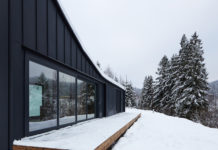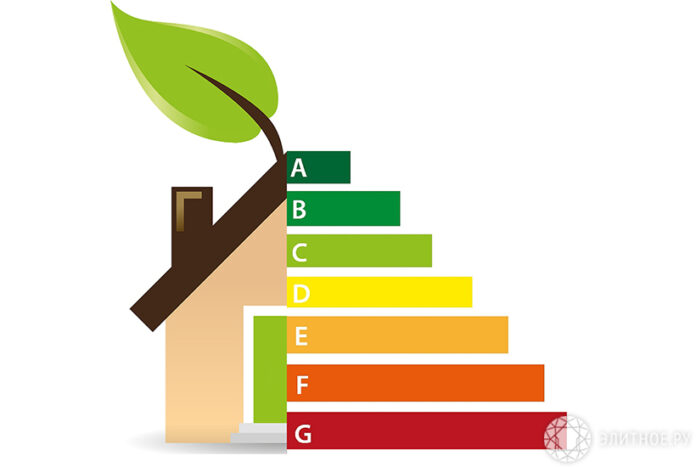The energy efficiency class determines how efficiently a building uses heat and electricity

Apartment owners pay utility bills every month. It would seem that how much he spent – so much he paid. However, the amount of the payment also depends on the energy efficiency of the building, which determines how efficiently the house consumes resources. The higher the energy efficiency class, the less heat and electricity are consumed, which means lower utility bills. Let's take a closer look at exactly how and how different the classes of apartment buildings are.
How
is classifiedFor multi-apartment buildings, the rules for determining the energy efficiency class were established by the Ministry of Construction of the Russian Federation. These classes determine the efficiency of resource consumption for heating, ventilation, hot water supply and electricity for general house needs. For existing buildings, the actual figures are used. New houses, buildings after reconstruction and overhaul do not yet have expenses, so they are calculated here. In new buildings, the energy efficiency class is specified in the share agreement, the project declaration, and then in the commissioning permit. All this can be seen on the Nash.dom.rf portal.

In total, there are nine energy efficiency classes from G to A ++. Low classes are usually assigned to pre-revolutionary and Soviet houses, higher classes to new ones. Let's start with the fact that a house can be left without a class at all if there are no common house meters in it. Buildings with classes G and F (very low and low) lose over 50% and 25-50% of their energy consumption. Then comes the reduced energy efficiency class E with an indicator from 0 to 25%. Houses with a normal level are denoted by the letter D. In such buildings there is no overrun, but you should not count on energy savings of more than 15%. Class C is considered upgraded, with savings ranging from 15 to 30%.
Now they no longer agree on the construction of houses with a class below B. Houses with high, very high and highest class B, A, A + and A ++ can save from 30 to 60% or more of resources due to excellent thermal insulation. It is also necessary to have modern equipment: an individual heat point with automatic control function depending on the outside temperature, LED lighting for common areas and individual meters. Usually, the higher the class of the project, the higher its energy efficiency: advanced solutions cost developers more. That is, “green” houses are more common in the elite segment.

Who defines the
classFor new/renovated buildings, the class is established by the building supervision authority, for existing buildings – by the state housing supervision authority. In the capital, these are Mosgosstroynadzor and Moszhilinspektsiya. And then it remains only to rejoice at the “greenness” of the building (or, on the contrary, be upset by the “redness”). And the developer, owners of the premises or the management company should place a sign with the energy efficiency class on the facade. By the way, modern technologies are designed for a long time, but still not eternal. Therefore, the class will have to be confirmed by the state housing supervision body at least once five years by decision of the owners or the management company. Otherwise, there is a risk of losing the coveted plaque.
What about the apartments
While the Ministry of Construction of the Russian Federation has established rules for determining the class for multi-apartment buildings, then for all other buildings, including apartment complexes, there are only energy efficiency requirements without class determination by the construction supervision/state housing supervision authority and without signs on the facade. But buildings can receive energy passports, where the energy efficiency class will be indicated. At the same time, the consumption efficiency of several other resources is determined: for heating and ventilation plus air conditioning. The classes themselves are about the same. Classification is carried out by self-regulatory organizations in the field of energy audit. It is difficult for the buyer of apartments to find out this information. For new projects, in general, the same rule applies as for housing: the higher the class of the object, the higher its energy efficiency. In addition, developers themselves often announce information about energy-efficient solutions.

Gradually, more and more “smart technologies” are coming to the market. There is also an increasing focus on sustainability and sustainable consumption, so the demand for higher energy efficiency ratings is growing. And thanks to the reduction in housing and communal services costs, the overpayment for advanced solutions fully pays off in a few years.
there is a channel in Telegram.
Subscribe!















